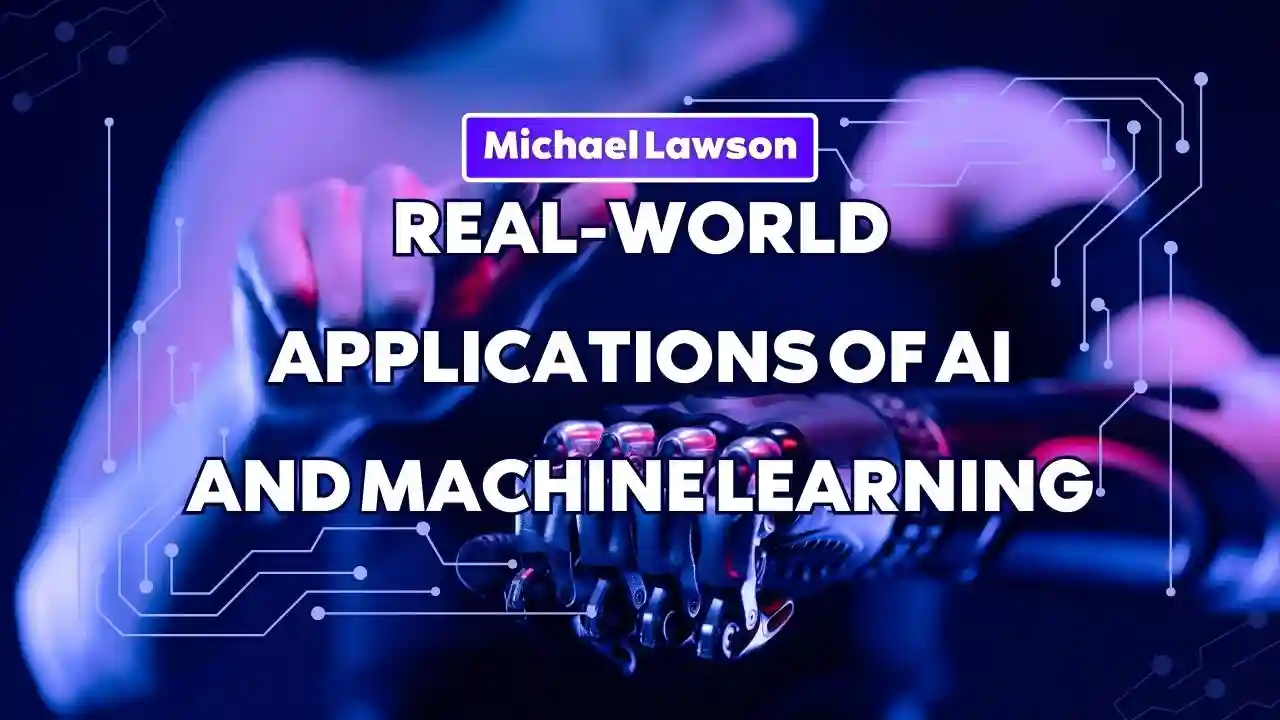IT Certification Roadmaps: Navigate Your Path to Success
Aug 05, 2024 - IT Certifications

Artificial Intelligence (AI) and machine learning are not just theoretical concepts; they have practical applications that are transforming industries and everyday life. From enhancing customer experiences to optimizing operations, AI and machine learning are making a significant impact. This article explores various real-world applications of these technologies, highlighting how they are used across different sectors.
AI and machine learning are revolutionizing healthcare by providing predictive analytics that can foresee potential health issues. Machine learning models analyze patient data to predict disease outbreaks, individual health risks, and treatment outcomes. This helps healthcare providers offer more personalized care and proactive interventions.
AI algorithms are improving the accuracy of medical imaging, such as X-rays, MRIs, and CT scans. Machine learning models can detect anomalies that might be missed by human radiologists, leading to earlier diagnosis and better patient outcomes. For instance, AI systems are increasingly used to identify signs of cancer or brain disorders in imaging scans.
In the financial sector, AI and machine learning are employed to detect and prevent fraud. Machine learning algorithms analyze transaction patterns to identify unusual behavior that may indicate fraudulent activity. This enhances security and helps prevent financial losses.
AI-driven algorithms are used for algorithmic trading, which involves executing large volumes of trades at high speeds. Machine learning models analyze market data to make trading decisions and execute trades based on predictive analytics. This approach improves efficiency and can lead to higher returns on investment.
Retailers use AI and machine learning to create personalized shopping experiences. By analyzing customer data, machine learning algorithms can recommend products tailored to individual preferences and purchasing behavior. This enhances customer satisfaction and increases sales.
AI systems help retailers optimize inventory management by predicting demand and automating restocking processes. Machine learning models analyze sales data and market trends to forecast product demand, reducing overstock and stockouts.
Autonomous vehicles are one of the most prominent applications of AI and machine learning. Self-driving cars use machine learning algorithms to process data from sensors and cameras, enabling them to navigate roads, avoid obstacles, and make real-time driving decisions.
AI is used to optimize traffic management systems by analyzing traffic flow and adjusting signal timings to reduce congestion. Machine learning models predict traffic patterns and suggest optimal routes, improving overall transportation efficiency.
AI-powered chatbots and virtual assistants are transforming customer service by providing instant support and handling routine inquiries. These systems use natural language processing (NLP) to understand and respond to customer questions, improving service efficiency and availability.
AI and machine learning are used to analyze customer feedback and social media posts to gauge sentiment. This helps businesses understand customer opinions, identify areas for improvement, and enhance their overall service.
AI and machine learning are employed in predictive maintenance to anticipate equipment failures before they occur. By analyzing sensor data and historical performance, machine learning models predict when maintenance is needed, reducing downtime and maintenance costs.
In manufacturing, AI systems are used for quality control by inspecting products for defects and inconsistencies. Machine learning algorithms analyze images and sensor data to ensure products meet quality standards, improving production efficiency and product reliability.
AI and machine learning are driving innovation across various industries, offering practical solutions that enhance efficiency, accuracy, and customer experience. As these technologies continue to advance, their applications will expand, further transforming how we live and work.
Copyright © 2025 ByteTechBlog By infyable.com. All Right Reserved.